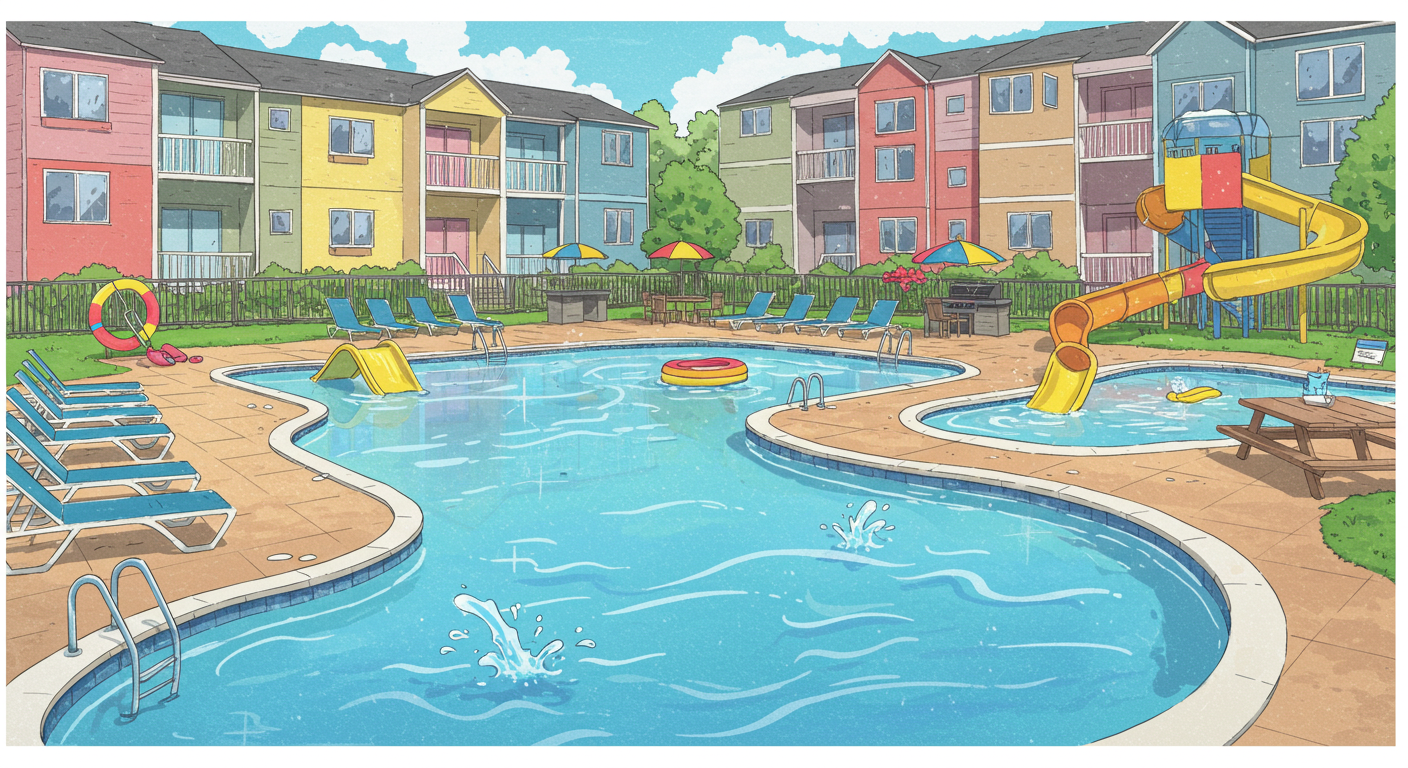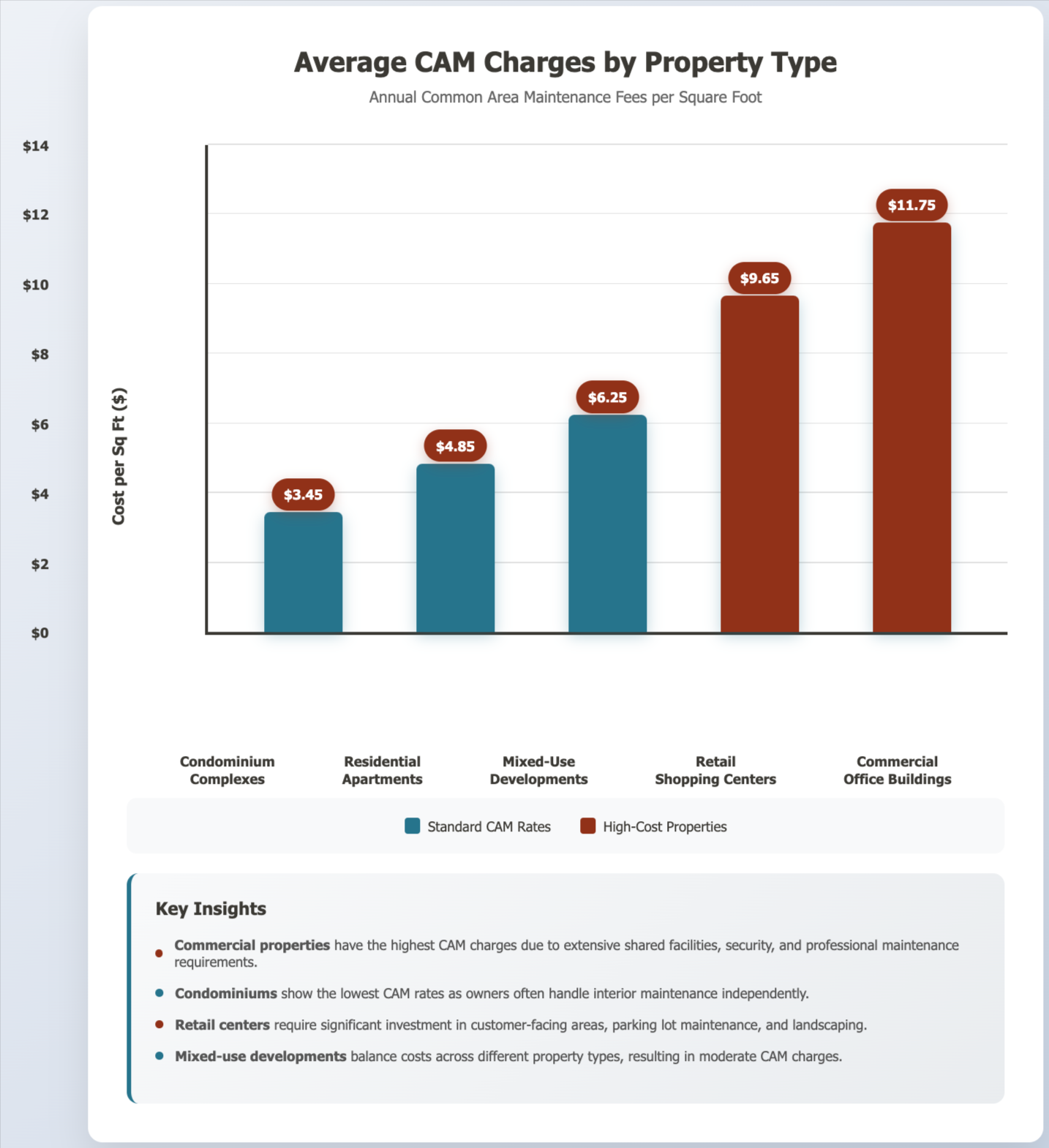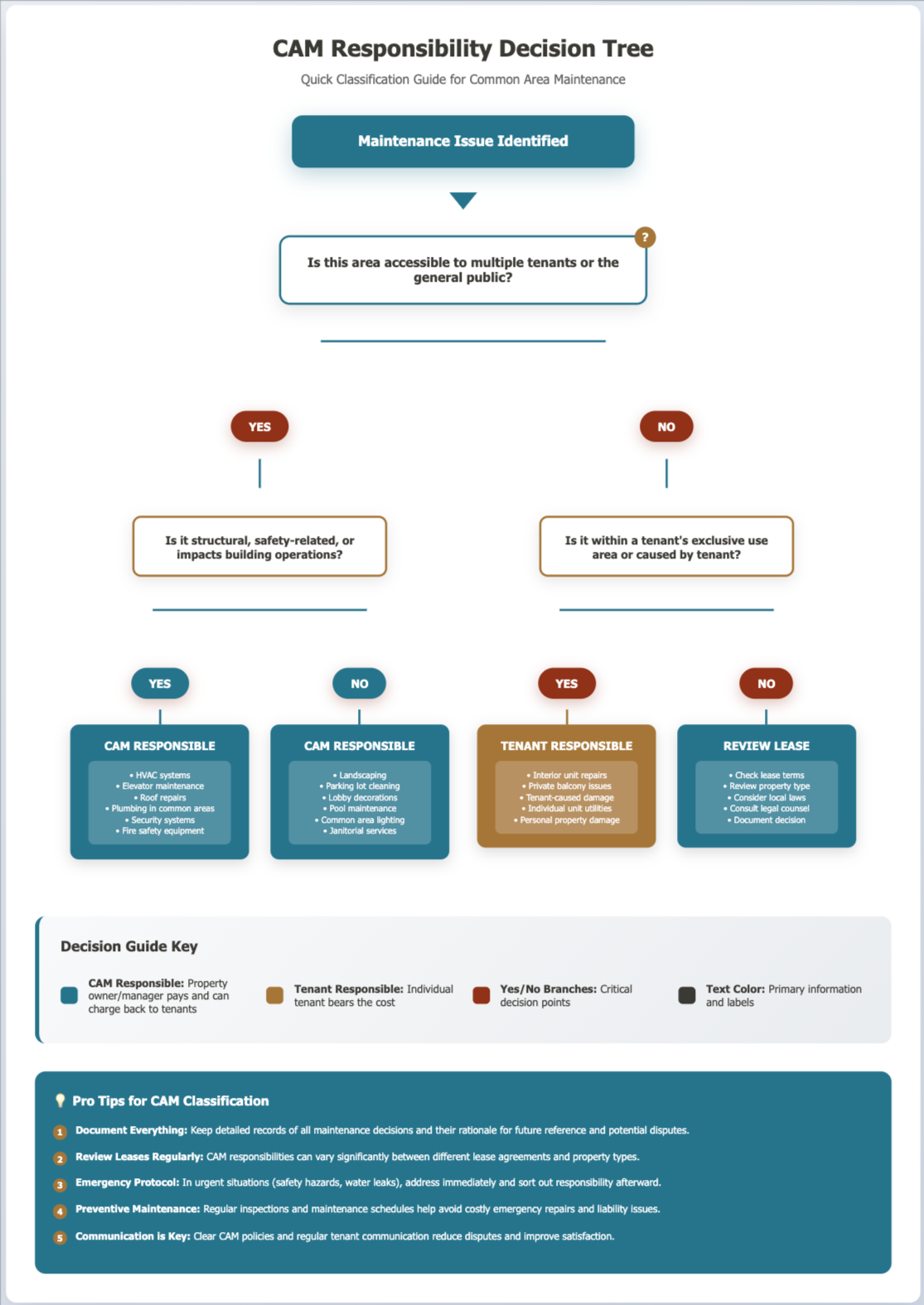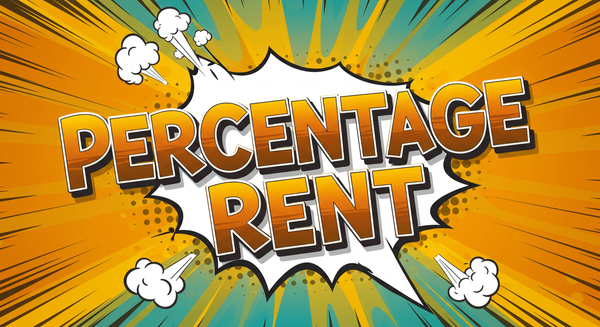Demystifying Common Areas in Property Management
What Every Landlord and Property Manager Needs to Know

If you've ever walked down a shared hallway and wondered who’s supposed to fix the flickering light—or found yourself in a late-night email spiral about broken laundry machines—welcome to the wide world of common areas.
Whether you’re overseeing a high-rise filled with tenants, a community of condos, or a suburban strip mall, these shared spaces carry more than people—they carry responsibilities. And if they’re not managed well, they can carry legal issues, maintenance headaches, and financial pitfalls too.
This article isn’t just about rules and regulations. It’s about the human side of property management—the ripple effect that a clean lobby, a quiet hallway, or a well-lit parking lot can have on your residents' peace of mind.
Here’s what we’ll explore together:
- What really counts as a common area
- How it affects your bottom line
- Legal and operational best practices
- Real-life stories (the kind you’ll recognize)
- Smart visuals to help you implement with confidence
Let’s step into those shared spaces—and shine a little light.
A. What Counts as a Common Area?
If multiple people can access it, it's likely a common area. That includes the obvious—hallways, staircases, parking lots—and the less obvious, like shared storage, rooftops, or even that tiny mailroom everyone squeezes into after work.

Legal Lens
Legally, common areas are defined as anything not reserved for exclusive use by one occupant but used by many^2. That might sound straightforward, but definitions vary by state and type of property:
- In Texas, it includes “grounds and facilities held out for the use of tenants generally” ^17.
- For condos, it includes “roofs, halls, stairways, and entrance/exit ways” ^15.
- In commercial properties, it stretches to include cafeterias, reception rooms, even shared restrooms^8.
Understanding this foundation helps you know what’s yours to manage—and what’s yours to maintain.
B. Why Common Areas Matter So Much
1. Financial Impacts
If you’ve ever felt the sting of a disputed maintenance charge, you know CAM (Common Area Maintenance) isn’t just a line item—it’s a trust issue.
Accurate CAM reconciliation ensures fair cost-sharing across tenants and protects your Net Operating Income (NOI). For large properties, poor tracking can lead to skyrocketing expenses and messy disputes.
💡 Dive deeper into this with LandlordDoc's guide on structural upgrades to shared facilities.

2. Legal and Compliance Risks
- The Fair Housing Act requires that common areas be accessible to all residents, including those with disabilities^13.
- If your property was built before 1978, lead paint disclosure in shared spaces is mandatory^1.
Explore more about multi-tenant common area access rules in this LandlordDoc compliance breakdown.
3. Tenant Satisfaction
Well-kept shared amenities can be the reason someone renews their lease—or walks away.
📌 According to the data, 351,000 community associations oversee nearly 74 million residents—that’s a lot of hallways to vacuum and pools to test^10.
Need a boost in resident retention? Take a look at this LandlordDoc guide on common area impact on resident retention.
C. Real-Life Scenarios
Scenario 1: CAM Chaos
Issue: A manager underestimates electricity usage in a shared lobby.
Fix: Quarterly CAM reports created clarity.
Result: 40% fewer billing disputes.
“Transparency saved our lease renewals. Numbers don’t lie, and now neither do our invoices.”
Learn how to do this right with this CAM reconciliation primer.
Scenario 2: Accessibility Blind Spots
Issue: The units were ADA-friendly—but the hallways and parking lot weren’t.
Fix: Retrofitted access points.
Result: Zero lawsuits. Happy tenants.
Scenario 3: Amenity Cutbacks Backfire
Issue: HOA wanted to close the swimming pool.
Fix: Residents voted to increase dues and upgrade it.
Result: Higher property values.
For help deciding what's worth keeping, read this cost-benefit analysis of shared facilities.
D. Legal Considerations
Here’s what should be on your radar:
- ADA applies to spaces like leasing offices^13
- Lead disclosures are a federal requirement^6
- CAM charges must be well-documented to be defensible in court
Don’t overlook lease clauses, either. They're where many common area liabilities live quietly until they roar.
E. Best Practices That Work
1. Create a CAM Manual
Use spreadsheets or apps to track inspections, timelines, and budget.
2. Schedule Inspections
Hire pros to look over everything from staircases to gym equipment.
Check out large-scale common area operations if you manage bigger developments.
3. Conduct Reserve Studies
Think long-term: roofs, HVACs, elevators. Keep your capital improvements funded.
4. Communicate Clearly
Newsletters, texts, or a whiteboard in the lobby—just let people know what’s happening and when.
5. Be Transparent With CAM Costs
Break down costs per square foot, and share reports. People trust what they can see.
F. Related Terms
- Exclusive Use Area: Balcony used by one unit, maintained by all
- Amenity: Pool, gym, lounge (big ROI if maintained well)
- Community Association: Your behind-the-scenes hero—or headache
- Property Management: The art of balancing maintenance, money, and relationships
If you’re looking to boost your strategy, peek at these amenities management strategies.
G. Common Questions
Q: Who maintains the common areas?
A: The landlord or HOA—whoever owns them.
Q: Can I restrict access to certain tenants?
A: Only within the law. ADA and FHA say no to discrimination.
Q: Do CAM charges change annually?
A: Often, yes. That’s why CAM reconciliation is key.

Conclusion
In the end, common areas aren’t just walls and walkways—they’re your property’s pulse. They represent how much you care about safety, community, and professionalism.
So whether you're repainting stairwells or renegotiating lease terms, give your shared spaces the same attention you give your private ones.
Takeaway:
Audit your common areas. Update your manuals. Schedule those inspections. Start today.
📚 Further Reading
- Fair Housing Accessibility Guidelines
- EPA & HUD Disclosure Rules
- IREM’s Property Maintenance Guide
- LandlordDoc Articles on Amenities
Would you like a companion PDF layout with these visualizations integrated for presentation or client use?





